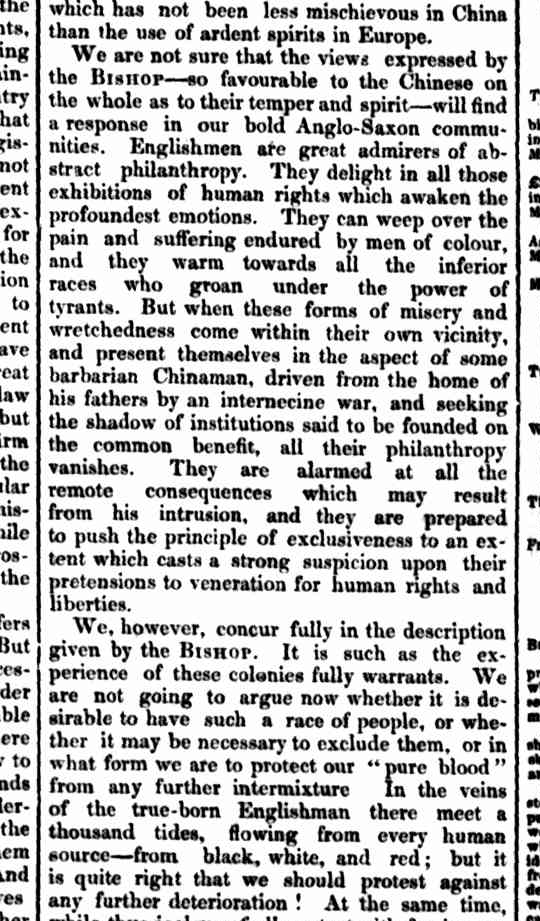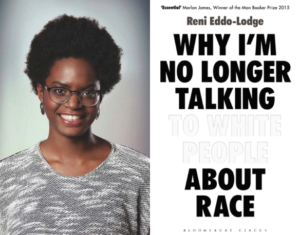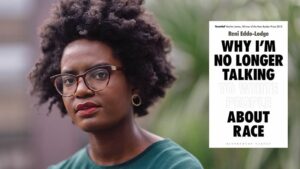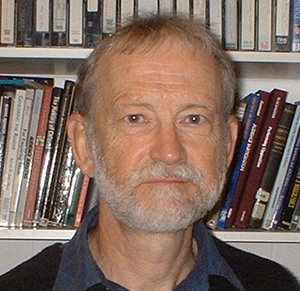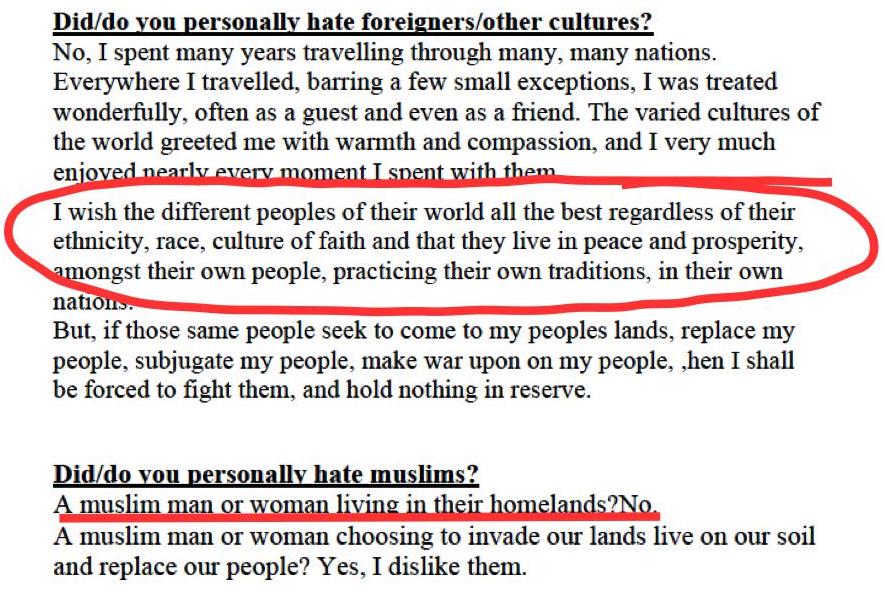Is there anything at all that can be said? I can only feel — appropriate words won’t come. I gather news updates from a range of sources and have been distressingly learning for years now about the increasing attacks by Israelis on Palestinians, including the killing of women and children, with the clear winks from far right government members (even calling for a Palestinian town to be “wiped out“) and with the protection and sometimes outright facilitation of Israeli security forces (both the IDF and the police) — all this and not one word of protest from those national leaders who are now roused to speak up and cry out for a total vindication of Israel’s “right to defend itself” against the atrocities of Hamas — with that condemnation morphing all to often into an implicit condemnation of all Palestinians. The world cries out “War Crime” when a Russian missile destroys a power plant in Ukraine. But when Israel blocks all food and power from entering the overcrowded home of 2 to 3 million people….
As the correspondent Jonathan Cooke wrote:
The current outpouring of sympathy for Israel should make anyone with half a heart retch.
Not because it is not awful that Israeli civilians are dying and suffering in such large numbers. But because Palestinian civilians in Gaza have faced repeated rampages from Israel decade after decade, producing far more suffering, but have never elicited a fraction of the concern currently being expressed by western politicians or publics.
The West’s hypocrisy over Palestinian fighters killing and wounding hundreds of Israelis and holding dozens more hostage in communities surrounding and inside besieged Gaza is stark indeed.
This is the first time Palestinians, caged in the coastal enclave, have managed to inflict a significant strike against Israel vaguely comparable to the savagery Palestinians in Gaza have faced repeatedly since they were entombed in a cage in 2007, when Israel began its blockade by land, sea and air.
. . . .
Israeli Prime Minister Benjamin Netanyahu has accused Hamas, which nominally runs the open-air prison of Gaza, of starting “a cruel and evil war”. But the truth is that the Palestinians have “started” nothing. They have managed, after so much struggle, to find a way to hurt their tormentor.
Inevitably for the Palestinians, as Netanyahu also observed, “the price will be heavy” – especially for civilians. Israel will inflict on the prisoners the severest punishment for their impudence.
Watch how little sympathy and concern there will be from the West for the many Palestinian men, women and children who are killed once again by Israel. Their immense suffering will be obscured, and justified, by the term “Israeli retaliation”.
. . . .
No one really cared while Gaza’s Palestinans were subjected to a blockade imposed by Israel that denied them the essentials of life. The few dozen Israelis being held hostage by Hamas fighters pale in comparison with the two million Palestinians held hostage by Israel in an open-air prison for nearly two decades.
No one really cared when it emerged that Gaza’s Palestinians had been put on a “starvation diet” by Israel – only limited food was allowed in, calculated to keep the population barely fed.
No one really cared when Israel bombed the coastal enclave every few years, killing many hundreds of Palestinian civilians each time. Israel simply called it “mowing the lawn”. The destruction of vast areas of Gaza, what Israeli generals boasted of as returning the enclave to the Stone Age, was formalised as a military strategy known as the “Dahiya doctrine“.
No one really cared when Israeli snipers targeted nurses, youngsters and people in wheelchairs who came out to protest against their imprisonment by Israel. Many thousands were left as amputees after those snipers received orders to shoot the protesters indiscriminately in the legs or ankles.
Western concern at the deaths of Israeli civilians at the hands of Palestinian fighters is hard to stomach. Have not many hundreds of Palestinian children died over the past 15 years in Israel’s repeated bombing campaigns on Gaza? Did their lives not count as much as Israeli lives – and if not, why not?
After so much indifference for so long, it is difficult to hear the sudden horror from Western governments and media because Palestinians have finally found a way – mirroring Israel’s inhumane, decades-long policy – to fight back effectively.
This moment rips off the mask and lays bare the undisguised racism that masquerades as moral concern in western capitals.
. . . .
I listened to an American diplomat try to explain that the reason there is no peace between Israel and the Palestinians is because Hamas refuses to recognize Israel’s right to exist. No-one said that the United States’ refusal to recognize the legitimacy of the mainland Chinese government from 1949 to 1972 made it impossible for the two countries to live in the same world together. Hamas has called for a two-state solution recognizing the 1967 borders — an implicit acknowledgement that a regime they consider illegitimate and illegal and immoral will exist alongside a Palestinian state. Israel has persistently thumbed its nose at international law by expanding its own settlements in the only place a Palestinian state could exist, — and effectively winking at their settler pogroms against Palestinian villages.
An Israeli military spokesperson said the “breakout” by Hamas from Gaza proved that Hamas were animals who could never be satisfied. After all, he “explained”, Israel “unilaterally” withdrew its forces totally from Gaza leaving Gaza entirely to the Palestinians; “What more could Israel do in giving the Palestinians all they asked for!” — Like leaving caged prisoners to their own devices within their barbed wire and spike defended walls on their subsistence diet and patchy power supply.
It’s all too sickening. But it seemed so wrong to post about intellectual fancies like biblical studies without acknowledging something infinitely more important right now.
I have not heard first hand or face to face from Palestinians themselves or from anyone who has visited the West Bank and Gaza recently so I rely on media reports (only partly on the mainstream media, though that has a place, too) and published research and testimonies to keep abreast of what is happening. A while back, during the time of the wave of suicide bombings, I learned that many ordinary Palestinians despised Hamas for their cold use of youngsters to blow themselves up. Since then, there have been changes within Hamas and they were democratically elected in Gaza (to much of the world’s horror) — they were the only party that most Palestinians trusted to actually deliver needed humanitarian services. I don’t know what most Palestinians think of the recent Hamas attacks but I would not be surprised if a good many feel despair and dismay. But it doesn’t matter now. The fire has started. If only individuals like us could do a little more to try to raise awareness of the hypocrisy and racism among our national leaders that is giving comfort to the governing powers of Israel as they ignore the rules of humanity and justice. Except when their own prisoners violate them to their own hurt.



